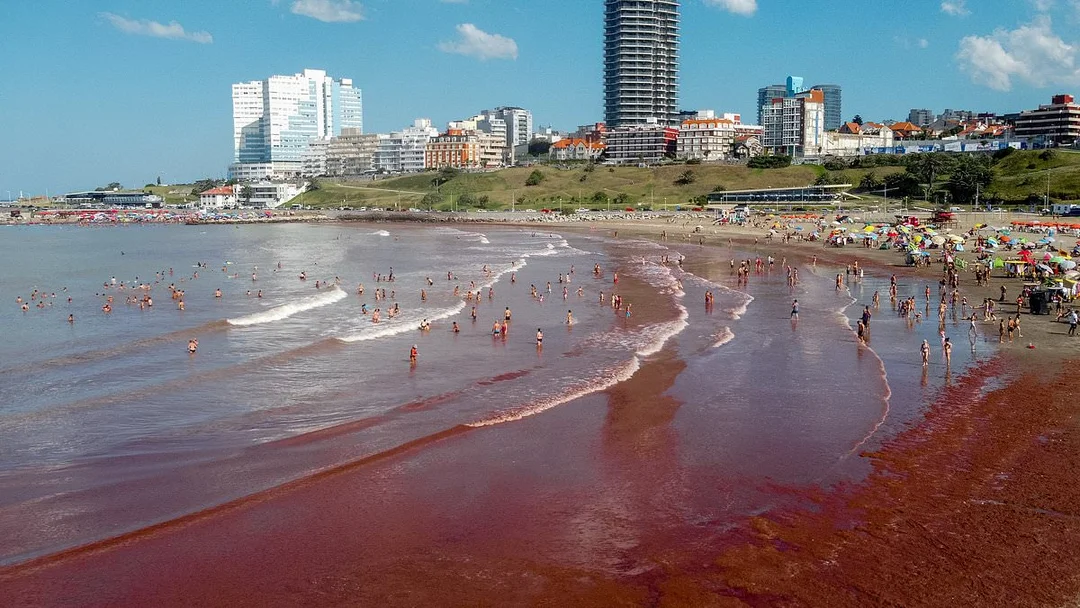
Florida Red Tides Linked to Agricultural Runoff, Study Finds
Researchers from the University of Florida have unveiled a significant connection between Florida's notorious red tides and agricultural runoff, according to a recent study. The study, which meticulously analyzed data over several years, suggests that nutrients from agricultural activities, particularly fertilizers, are a major contributor to the harmful algal blooms that have plagued Florida's coastal waters.
The phenomenon known as red tide, caused by the Karenia brevis algae, has been a recurring issue along Florida's Gulf Coast. These blooms not only discolor the water but also release toxins that can kill marine life and pose health risks to humans. The study's findings indicate that the runoff from farms, rich in nitrogen and phosphorus, feeds these blooms, exacerbating their frequency and severity.
The research team employed advanced modeling techniques to track the flow of nutrients from agricultural lands into the Gulf of Mexico. Their results showed a clear correlation between periods of high agricultural runoff and subsequent red tide outbreaks. This discovery has significant implications for environmental policy and agricultural practices in Florida, prompting calls for stricter regulations on fertilizer use and better management of runoff.
Local environmental groups have welcomed the study, seeing it as a crucial step toward addressing the red tide problem. They advocate for sustainable farming practices and the implementation of buffer zones to reduce the impact of runoff on coastal ecosystems. Meanwhile, state officials are reviewing the findings and considering policy changes to mitigate the effects of red tides on Florida's environment and economy.